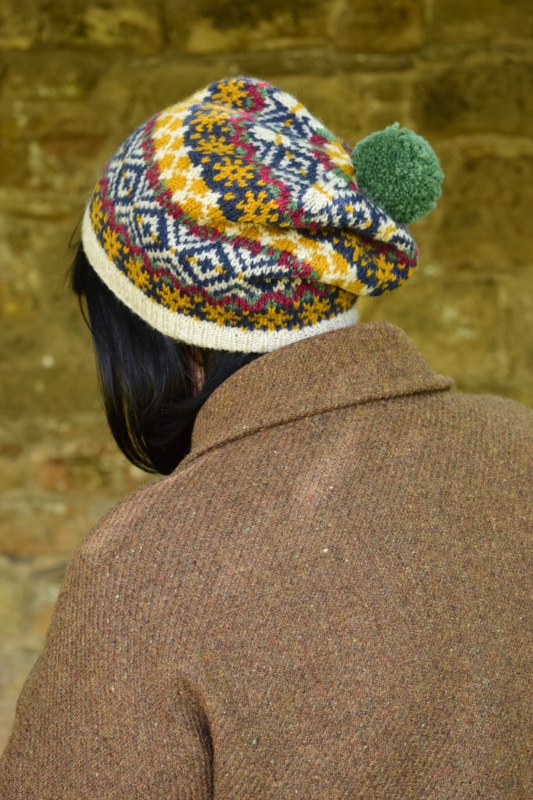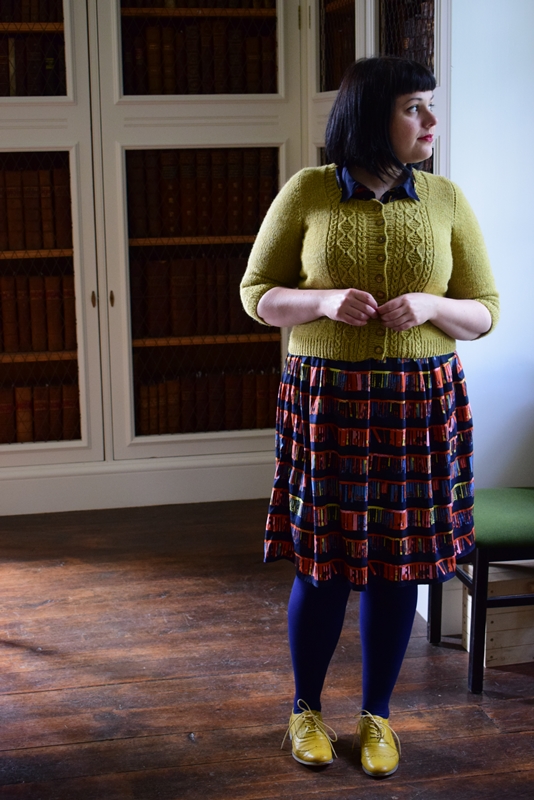2017 ended and 2018 began without me writing a single blog post. I even missed marking my great-grandmother Lilly's 102nd birthday. Lilly was the lady who taught me to knit and, although she has not been with us for many years, she is still one of my biggest influences.
2017 ended with a book launch. I am yet to really write much about the experience of writing This Thing of Paper (now back in the shop) but I can briefly touch upon the post-book launch slump that hit me hard at the end of December 2017. So many things happened in my personal life in 2016 and 2017, but I pushed them aside for work. Once work finally calmed down, all those things (and sheer exhaustion) hit me like a brick. I spent nearly a month piecing myself together. Going forward, we are making a few changes so I can take better care of myself. I'm still not totally fine, and change is necessary.
More on that in a future blog post.
We have started a super-fun This Thing of Paper KAL which runs concurrently on Instagram and in my Ravelry group. The KAL runs through to March 10, 2018 and you can knit any of the beautiful patterns from This Thing of Paper - please share photos on Rav & IG etc. We have a number of hashtags for your social media posts: #thisthingofpaper #thisthingofpaperKAL #TTOPknitalong #kariebookish - we also have some truly awesome prizes from yarnies as well as some treasures from my own vault. We hang out every two weeks in my Ravelry group = next hang out will be February 13, 2018 at 8pm UK time. We always have a blast - and if you cannot make it, make sure to post your photos of your own making time on IG.
I am so heartened by the response to This Thing of Paper and if you have reviewed it, please let me know. I'd love to hear what you thought, what you are planning on knitting from the book, and read your responses to my essays. I will be returning to some of these themes later this year in a new project of mine, but I am such a fan of having these discussions about creativity and making. In a world that seems increasingly volatile and unkind, I look to Making Stuff as one way of navigating these murky waters - and I know that I share these sentiments with so many of you.
Finally, I just want to say thank you to everybody who have reached out over the last few months. Reading your messages have been a source of joy and comfort. I'm very happy that you like my book. Thank you.



















